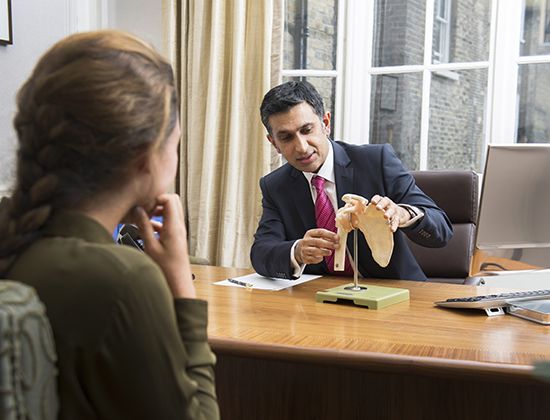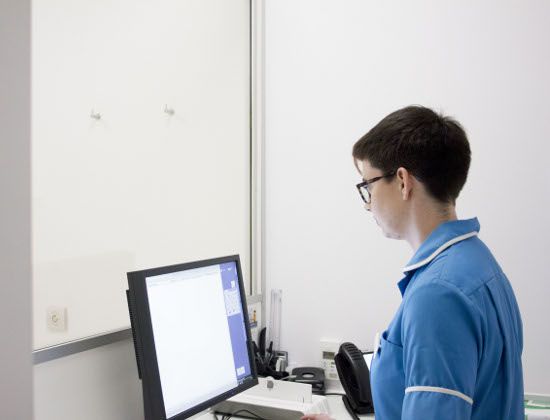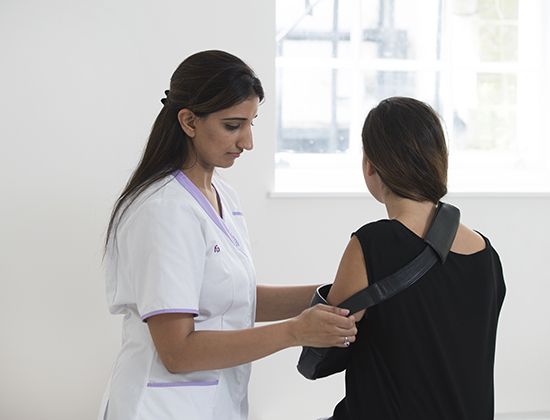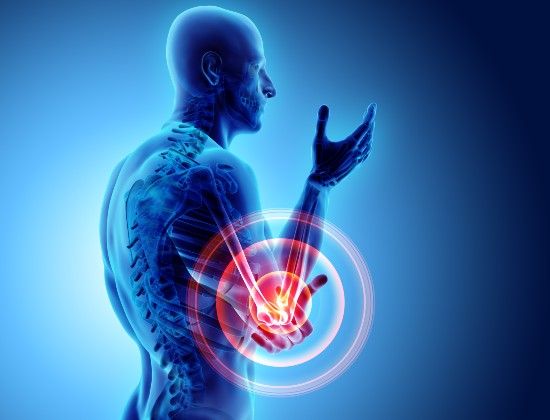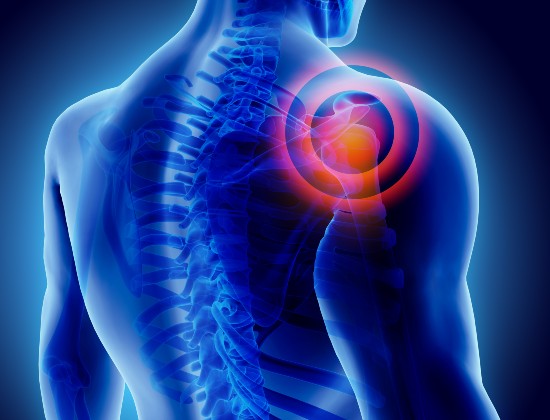Shoulder dislocation
What is a shoulder dislocation or subluxation?
The shoulder is the most mobile joint in the body which means that, although it can rotate in many directions, it is also more easily dislocated (moved out of place). If the joint is only partly dislocated, it is known as a subluxation.
How is a dislocation or subluxation caused?
Sports injuries are a common cause of dislocation, particularly contact sports such as rugby as a result of a fall or collision with another player. The most common type of dislocation is when the upper arm (humerus) moves forward and down, out of the joint (anterior instability), although the joint can also dislocate backward or downward. Dislocation or subluxation causes the ligaments, tendons and muscles that hold the shoulder together to stretch or tear. As a result, the joint is more likely to move out of place in the future, and it is said to be ‘chronically unstable’.
What are the symptoms?
Pain, swelling, bruising, numbness and weakness are all common symptoms.
How is it diagnosed?
Having discussed how your shoulder was injured and any previous dislocation, your specialist will check the stability of the shoulder as well as your range of movement, before arranging for you to have an X-ray to show the extent of the damage.
How is it treated?
This involves ‘closed reduction’, where the specialist manipulates the ball joint of the upper arm (humerus) back into the socket of the shoulder joint. Usually, pain levels will decrease dramatically once the shoulder joint is back in its normal position. After the closed reduction procedure, you will usually have a sling to immobilise the shoulder for a few weeks, and you should rest as much as possible. You can also apply ice (crushed and wrapped in a towel) several times a day to reduce pain and inflammation. Your specialist will give you some gentle exercises to gradually improve your muscle tone and strength.
Important: This information is only a guideline to help you understand your treatment and what to expect. Everyone is different and your rehabilitation may be quicker or slower than other people’s. Please contact us for advice if you’re worried about any aspect of your health or recovery.
